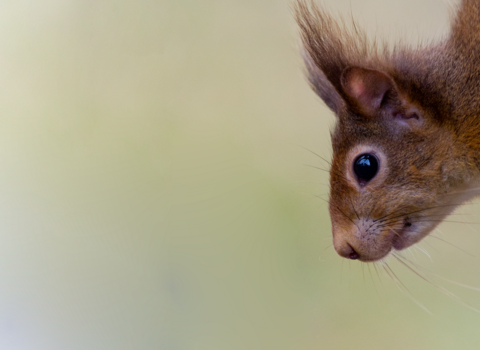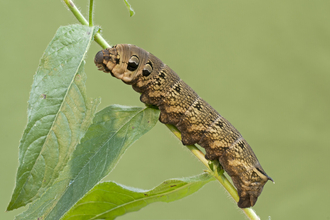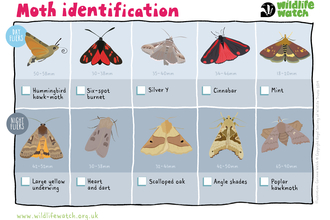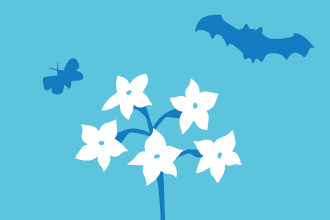
Elephant hawk-moth ©Margaret Holland

Elephant hawkmoth caterpillar Dawn Monrose

©Amy Lewis
Elephant hawk-moth
The elephant hawk-moth is a pretty, gold-and-pink moth that can be seen at dusk in gardens, parks, woods and grassy habitats. The caterpillars look like elephant's trunks and have eyespots to scare off predators.
Scientific name
Deilephila elpenorWhen to see
May to AugustSpecies information
Category
Statistics
Wingspan: 4.5-6.0cmConservation status
Common.







